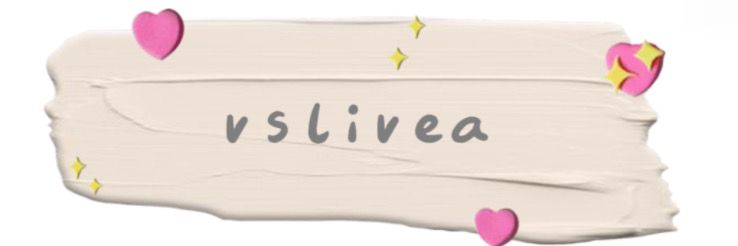Plywood Adhesives: Polyurethane vs. PVA – Which Is Better?
When it comes to choosing an adhesive for plywood, many people find themselves torn between polyurethane and PVA (polyvinyl acetate) adhesives. Which one should you use for your projects? Let's break this down into a clear comparison.
The company is the world’s best Adhesive For Plywood supplier. We are your one-stop shop for all needs. Our staff are highly-specialized and will help you find the product you need.
1. What is PVA Adhesive?
PVA adhesive, also known as white glue or wood glue, is a popular choice for many woodworking projects. It is water-based and easy to clean up. PVA glues dry clear and provide a strong bond, especially with hardwoods, which makes them a favorite among DIY enthusiasts and professionals alike.
1.1 Advantages of PVA Adhesive
- Easy to clean with water before drying.
- Non-toxic and safe to use.
- Good for interior applications.
- Fast-drying and easy to apply.
1.2 Disadvantages of PVA Adhesive
- Not waterproof; unsuitable for outdoor projects.
- Less effective in extreme temperatures.
- Bond may weaken over time if exposed to moisture.
2. What is Polyurethane Adhesive?
Polyurethane adhesive is a robust and versatile option. Unlike PVA, it is a two-part adhesive that can bond to various materials, including wood, plastic, and metal. Polyurethane adhesives expand as they cure, filling gaps and ensuring a solid connection.
2.1 Advantages of Polyurethane Adhesive
- Waterproof; ideal for outdoor projects.
- Strong bond for different materials.
- Better resistance to temperature fluctuations.
2.2 Disadvantages of Polyurethane Adhesive
- More complex to apply; requires careful measurement of components.
- Longer curing time compared to PVA.
- Clean-up requires solvents; not water-soluble.
3. Which Adhesive is Better for Plywood?
The choice between polyurethane and PVA adhesives for plywood largely depends on the specific requirements of your project.
3.1 When to Use PVA Adhesive
- When working on indoor furniture or cabinetry.
- For quick projects where you need a fast drying time.
- If you prefer a clean and easy clean-up process.
3.2 When to Use Polyurethane Adhesive
- For outdoor projects or in high-moisture areas.
- When bonding a variety of materials together.
- If you need a superior bond that can withstand temperature variations.
4. Final Recommendations
In summary, if you are looking for an adhesive for plywood projects primarily indoors, PVA is a great choice due to its ease of use and cleanup. However, if your project requires durability against weather and moisture, then polyurethane is the better option. Assess your project needs carefully, and make your choice based on the conditions your plywood will face. Whatever your choice may be, both types of adhesive can deliver strong results when used correctly.
Want more information on Wetting Agent OT-75? Feel free to contact us.
- Previous: None
- Next: Key Factors in Choosing Plywood Adhesives for Exports
- 0

